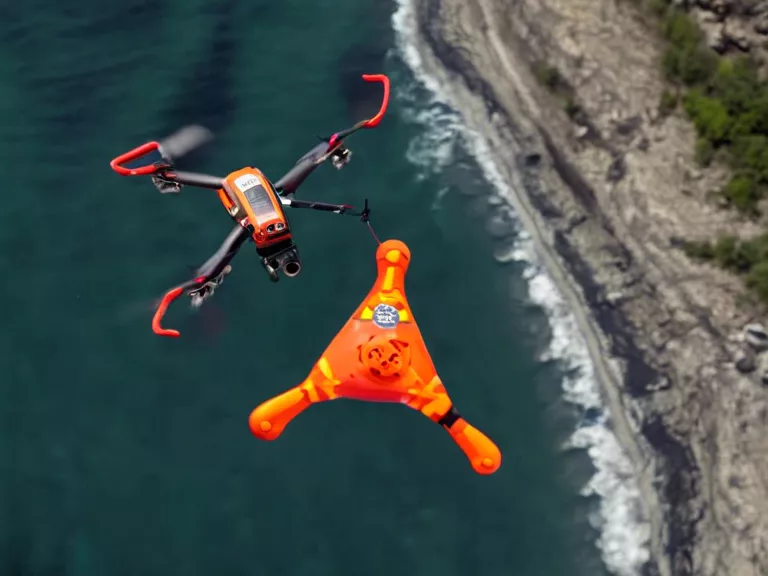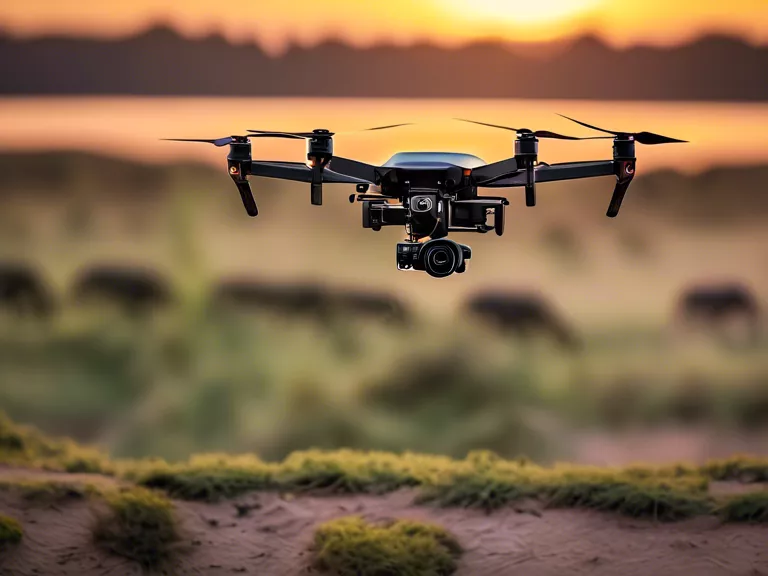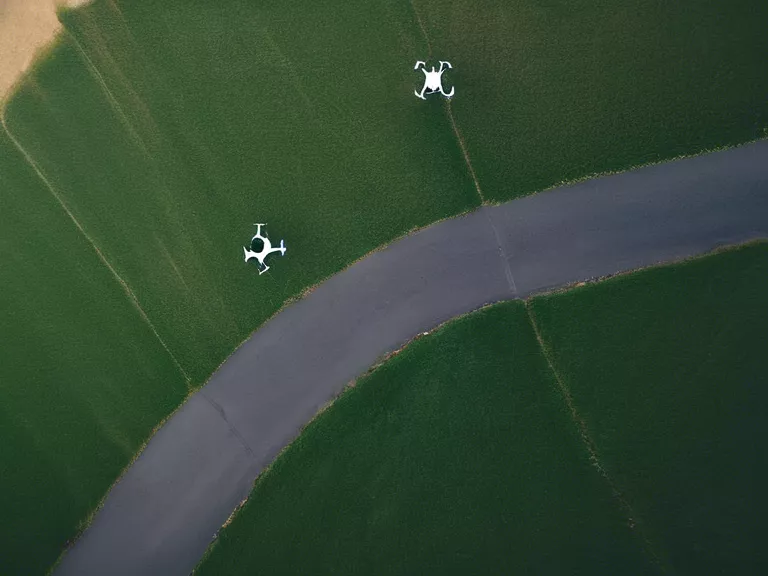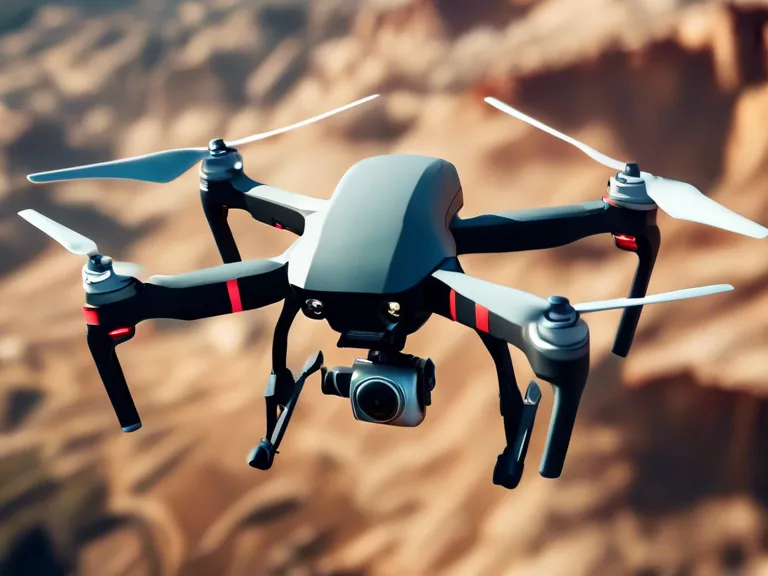
In recent years, drones have become an invaluable tool in search and rescue operations due to their ability to access hard-to-reach areas quickly and efficiently. By utilizing drones, rescuers can significantly reduce response times and increase the chances of locating missing persons or individuals in distress. Let's delve into how drones are revolutionizing search and rescue efforts.
One of the key advantages of using drones in search and rescue operations is their ability to cover large areas in a short amount of time. Equipped with high-resolution cameras and thermal imaging capabilities, drones can quickly scan vast stretches of land or water, pinpointing the exact location of missing persons or survivors. This rapid aerial reconnaissance allows rescue teams to deploy resources effectively and focus their efforts on areas where they are most needed.
Moreover, drones are particularly useful in accessing remote or hazardous locations that are inaccessible by foot or traditional search and rescue vehicles. Whether it's dense forests, rugged terrains, or disaster-stricken areas, drones can provide real-time footage and data to rescuers, enabling them to assess the situation from a safe distance. This not only ensures the safety of rescue personnel but also expedites the search and rescue process.
Furthermore, drones can be equipped with additional tools such as loudspeakers, thermal blankets, or even medical supplies to provide immediate assistance to those in need. In cases of natural disasters or emergency situations, drones can deliver essential supplies to stranded individuals or deliver critical information to rescue teams on the ground. This integrated approach enhances the overall effectiveness of search and rescue operations and can ultimately save lives.
In conclusion, drones have emerged as a game-changer in search and rescue operations, revolutionizing the way emergency situations are handled. With their speed, versatility, and advanced capabilities, drones enable rescuers to respond swiftly and effectively to incidents, significantly improving the chances of a successful outcome. As technology continues to evolve, drones are likely to play an even more significant role in future search and rescue missions, ultimately making the world a safer place for everyone.



